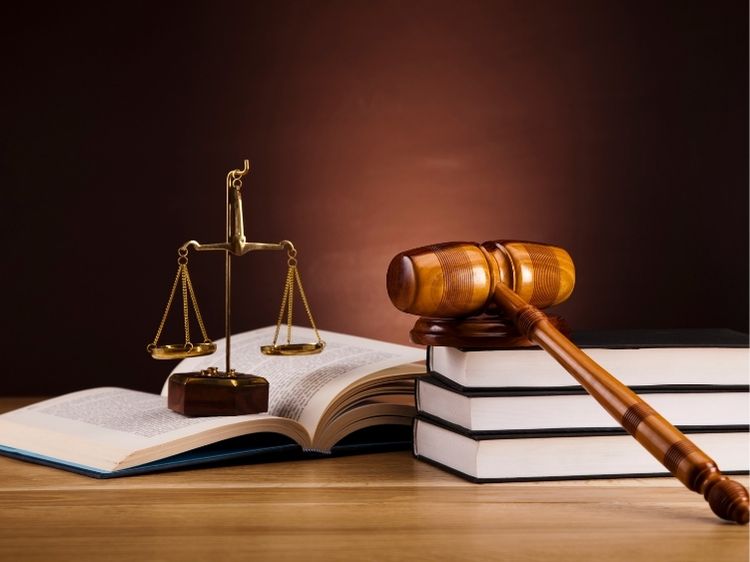Product Liability vs. Strict Liability: A Comprehensive Guide
When you buy a product, you expect it to work safely and as advertised, right? But what happens when it doesn’t? What if it causes harm instead? That’s where the concepts of product liability and strict liability come into play. These legal doctrines are designed to protect consumers like you from defective or dangerous products, but they operate in slightly different ways. In this article, we’re going to dive into the nuances of product liability vs. strict liability, unraveling their differences, and helping you understand which applies in various situations.
What is Product Liability?
Product liability refers to the legal responsibility of manufacturers, distributors, suppliers, and retailers for any injuries their products cause. It’s a broad umbrella under which several theories of liability can be argued, including negligence, breach of warranty, and strict liability. Essentially, if a product is defective and causes harm, those involved in its production and distribution could be held accountable under product liability law.
Types of Product Defects
Understanding product liability begins with recognizing the types of defects that could make a product unsafe. Here are the three main categories:
- Design Defects: These occur when the design of the product is inherently dangerous or flawed, making the entire line of products hazardous.
- Manufacturing Defects: These happen during the production process, where something goes wrong, causing certain batches or individual units to be unsafe.
- Marketing Defects: Also known as “failure to warn,” this involves improper labeling, insufficient instructions, or the lack of warnings about potential dangers.
These defects form the foundation for product liability claims, where the injured party must prove that the product was defective and that the defect caused their injury.
What is Strict Liability?
On the flip side, strict liability is a legal doctrine that holds a party responsible for damages their actions or products cause, regardless of fault or intent. In other words, under strict liability, it doesn’t matter if the manufacturer was negligent or exercised all possible precautions—the fact that their product caused harm is enough to hold them liable.
Strict liability is often applied in cases involving inherently dangerous activities or defective products. It’s designed to ensure that those who engage in such activities or produce such products bear the costs of any resulting harm, rather than the injured party.
The Key Elements of Strict Liability
For a strict liability claim to be successful, the plaintiff typically must prove the following:
- The Product Was Defective: Like in product liability cases, the product must have a defect in design, manufacturing, or marketing.
- The Defect Caused Injury: The defect must be the direct cause of the injury.
- The Product Was Used as Intended: The product must have been used in a way that was intended or reasonably foreseeable by the manufacturer.
Unlike product liability claims based on negligence, strict liability doesn’t require proving that the manufacturer was careless—just that the product was defective and caused harm.
Product Liability vs. Strict Liability: What’s the Difference?
Now that we’ve defined both concepts, let’s tackle the big question: What’s the difference between product liability and strict liability? The distinction lies primarily in the need to prove fault.
- Fault and Negligence: In product liability claims based on negligence, the injured party must demonstrate that the manufacturer or seller failed to exercise reasonable care in the design, manufacture, or marketing of the product. This could involve proving that they knew, or should have known, about the defect and failed to act.
- No Need for Fault in Strict Liability: In strict liability cases, the focus isn’t on the manufacturer’s actions or intent. Instead, the mere existence of a defect and the resulting harm are enough to establish liability. This makes strict liability a powerful tool for consumers, as it lowers the burden of proof compared to negligence claims.
- Application in Law: Product liability encompasses a broader range of legal theories, including negligence, breach of warranty, and strict liability itself. Strict liability, however, is a specific legal standard that can be applied within product liability cases but also extends to other areas of law, such as abnormally dangerous activities.
Real-World Examples
To better grasp the practical implications of product liability vs. strict liability, let’s explore some real-world examples:
- Example 1: The Exploding Phone Imagine you purchased a smartphone that suddenly overheats and catches fire while charging, causing burns to your hand. If you sue the manufacturer under product liability for negligence, you’d need to prove they were careless in designing or manufacturing the phone. However, if you pursue a strict liability claim, you only need to show that the phone was defective and caused your injury—no need to prove the manufacturer’s fault.
- Example 2: The Faulty Brake System Suppose you’re driving a car and the brakes suddenly fail due to a design flaw, leading to an accident. In a product liability case based on negligence, you’d argue that the car manufacturer didn’t take reasonable steps to ensure the brakes were safe. But under strict liability, you’d focus solely on the defect in the brake system and the resulting harm, without delving into the manufacturer’s conduct.
These examples highlight how strict liability can simplify the legal process for injured parties, allowing them to seek compensation without the added hurdle of proving negligence.
The Role of Warranties in Product Liability
Warranties play a significant role in product liability cases. There are two main types of warranties to consider:
- Express Warranties: These are specific promises made by the seller or manufacturer about the product’s quality or performance. If a product fails to meet these promises, the injured party may have grounds for a breach of warranty claim.
- Implied Warranties: These are unwritten guarantees that a product will meet certain minimum standards of quality and safety. For example, an implied warranty of merchantability means the product should work as expected for its intended purpose. If it doesn’t, the buyer may have a claim even if no express warranty was given.
Warranties add another layer of protection for consumers and can be invoked in both product liability and strict liability cases.
How Courts Determine Liability
When it comes to determining liability, courts consider several factors:
- The Nature of the Product: Is it inherently dangerous, like chemicals or explosives? If so, strict liability is more likely to apply.
- The Defect: What type of defect is involved? Design, manufacturing, or marketing? Each type has its own set of legal considerations.
- The Extent of Harm: How severe was the injury caused by the product? This can influence the amount of damages awarded.
- The Conduct of the Parties: In product liability cases based on negligence, the court will examine whether the manufacturer took reasonable steps to prevent the defect.
The court’s decision will depend on the specifics of the case and the applicable laws in the jurisdiction where the claim is filed.
FAQs
1. What’s the main difference between product liability and strict liability?
The main difference lies in the need to prove fault. Product liability often requires proving negligence, while strict liability focuses solely on the defect and resulting harm, without needing to prove the manufacturer’s fault.
2. Can I sue under both product liability and strict liability?
Yes, it’s possible to pursue claims under both theories, depending on the circumstances of your case. Your attorney can help determine the best approach.
3. Do all defective products fall under strict liability?
Not necessarily. Strict liability typically applies to products that are inherently dangerous or have defects that pose significant risks. However, many product liability cases can involve strict liability.
4. What should I do if I’m injured by a defective product?
First, seek medical attention. Then, preserve the product and any evidence related to the incident. Consult with a lawyer who specializes in product liability to explore your legal options.
Conclusion
In the debate of product liability vs. strict liability, both doctrines serve as crucial mechanisms for protecting consumers from harm. Product liability requires proving that a manufacturer or seller was at fault, while strict liability allows for a simpler path to compensation by focusing solely on the defect and its consequences. Whether you’re a consumer looking to understand your rights or a business aiming to mitigate legal risks, knowing the differences between these two legal concepts is essential.
Authoritative Links:





